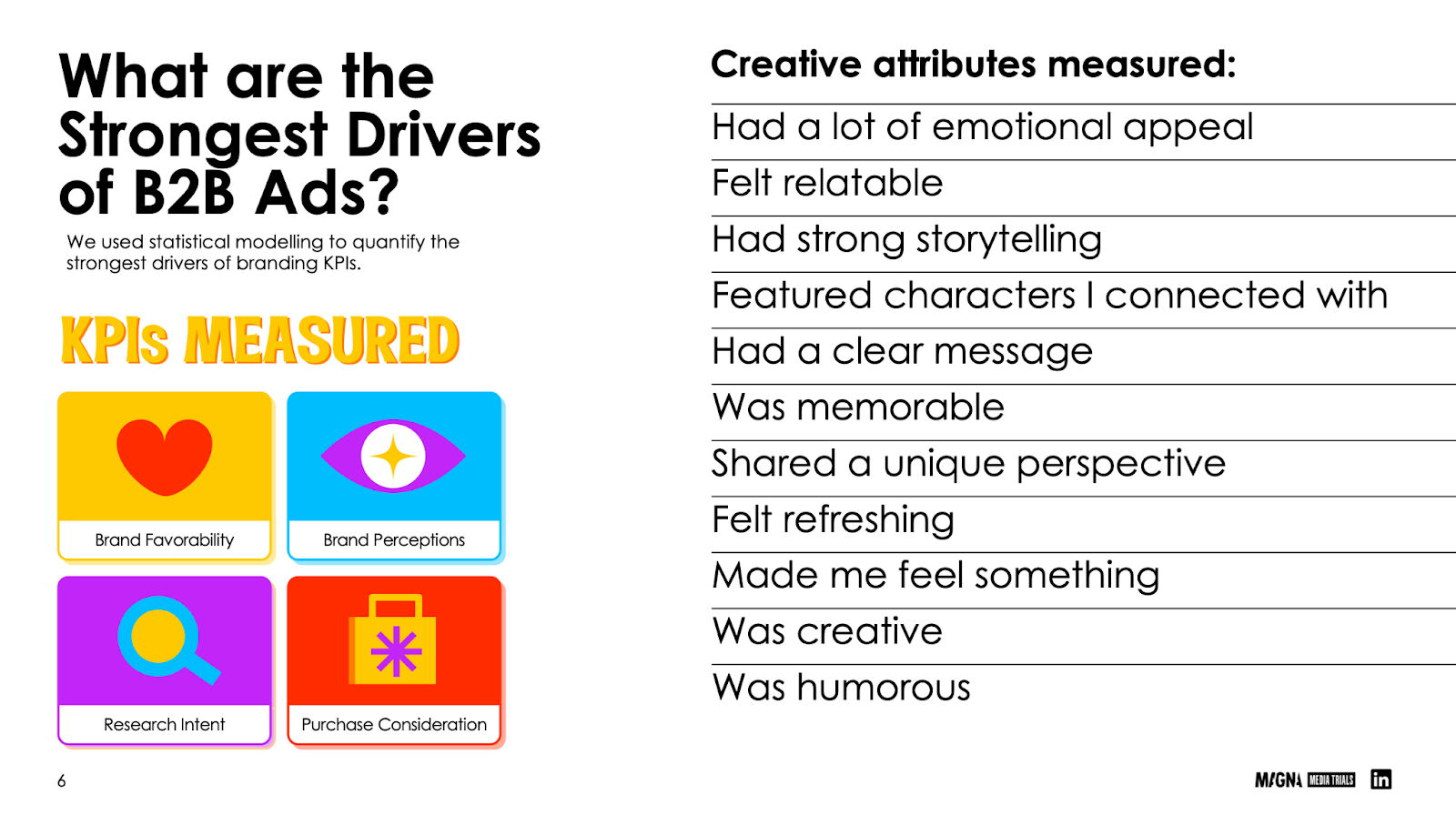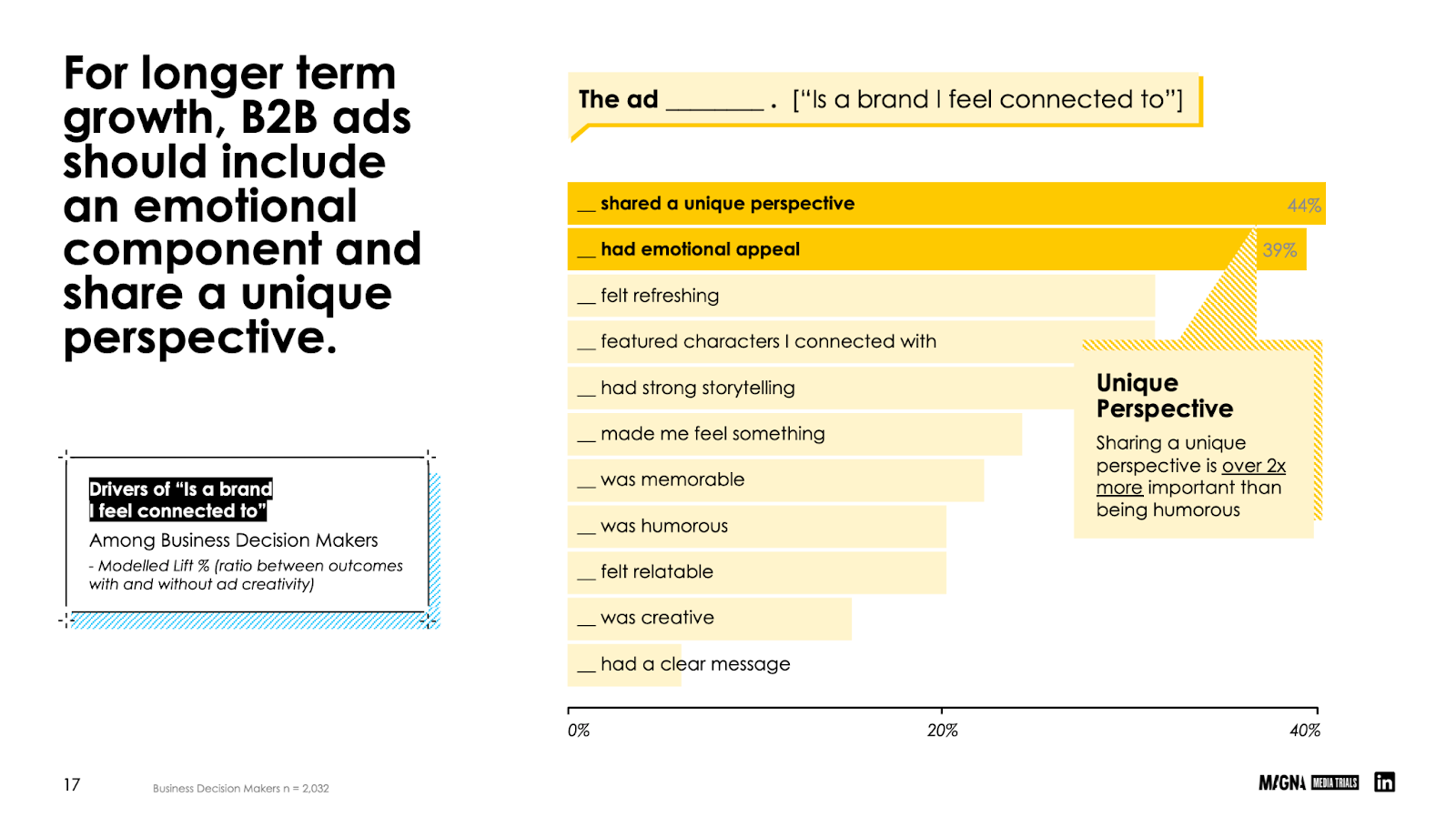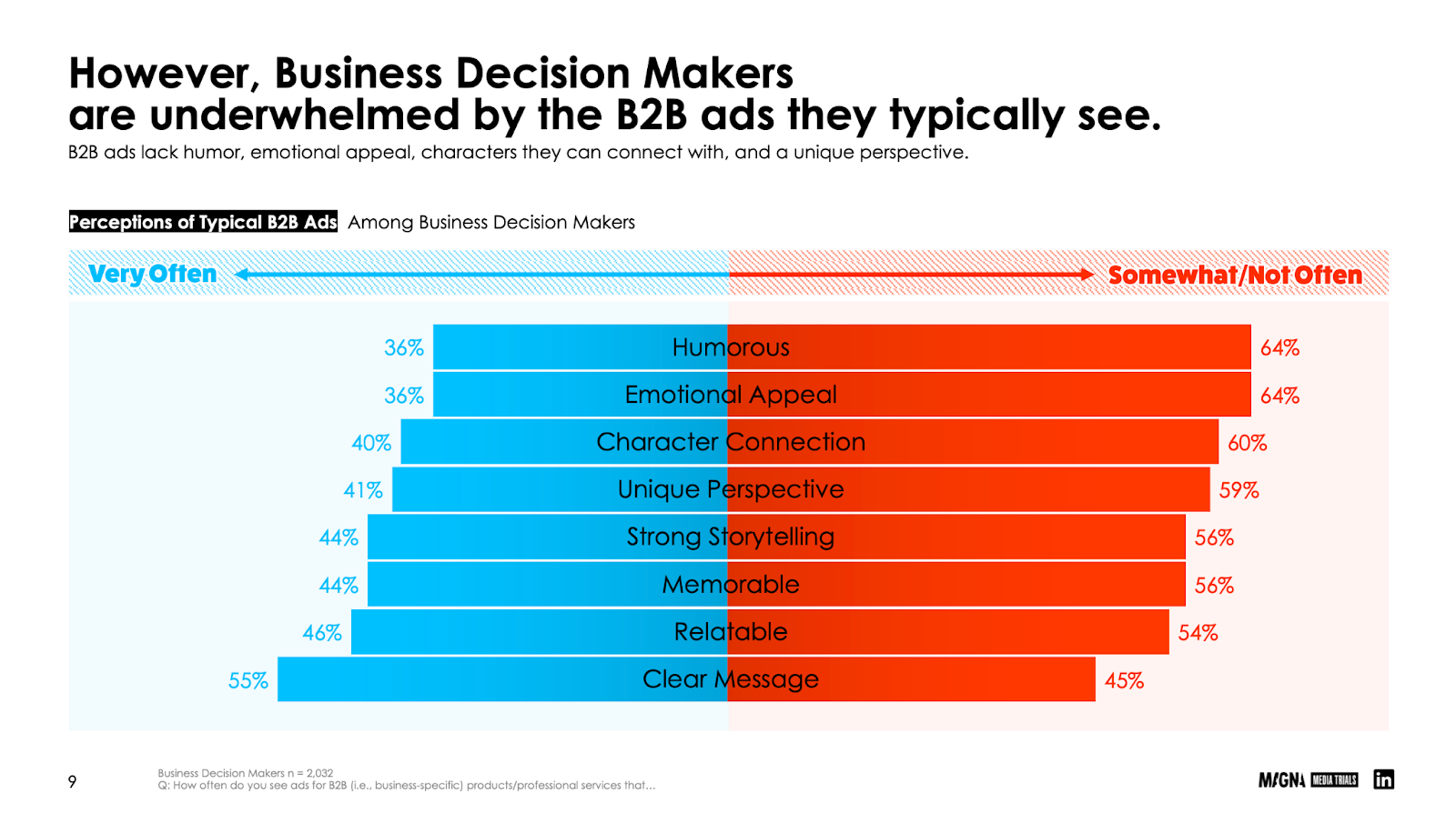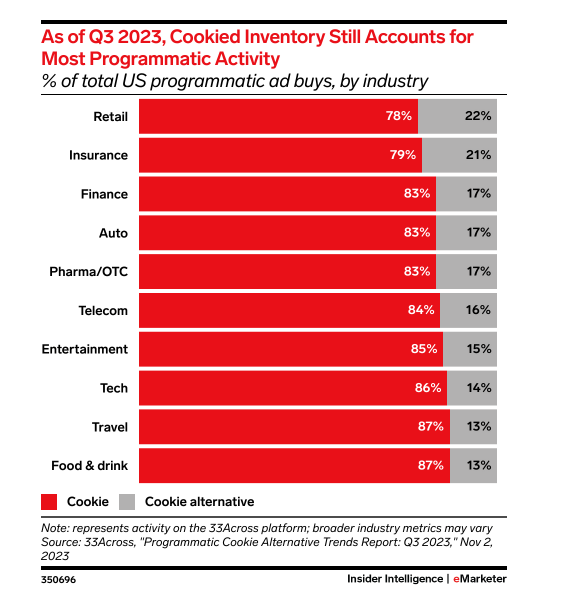A recent panel hosted by the Marketing and Growth Community at the Northern Virginia Technology Council (NVTC), moderated by Grafik’s SVP of Growth, Tanya Nazarian, spotlighted a pressing challenge: misalignment between CMOs and their C-suite peers is limiting marketing’s impact and creating roadblocks to long-term growth.
In leading this dynamic discussion, we explored the growing complexity of organizational growth itself: it increasingly depends on cross-functional alignment, and yet marketing remains too often on the sidelines of strategic decision-making. Our panel unpacked why that gap exists and what CMOs can do to close it. The insights shared offer a clear path to stronger alignment and greater impact.
For many CMOs, The challenge isn’t capability—it’s perception. Only 51% of CEOs say their CMO plays a central role in shaping growth strategy, and 80% admit they don’t fully trust or are unimpressed with their marketing leader. These perceptions matter. They lead to misaligned goals, unclear expectations, and KPIs that fail to reflect real business value.
However, when organizations place marketing at the center of their strategy, not as a function, but as a force for growth, they’re twice as likely to achieve measurable growth. But for marketing to operate at that level, organizations must start with something deceptively simple: a shared understanding of marketing’s role.
Marketing’s influence has expanded, and so has its complexity.
Today’s CMOs are expected to lead across brand, demand generation, digital experience, and customer insight. Often, they’re also tasked with areas like product marketing, sales enablement, pricing, or even digital transformation. The rise of roles like Chief Growth Officer and Chief Digital Officer reflects this shift, but it has also introduced blurred lines, role ambiguity, and fragmented accountability.
The result? A fundamental disconnect in the C-suite. While 90% of CEOs say the role of marketing is well-defined in their organization, only half of CEOs and CMOs within the same companies agree on what marketing’s primary purpose is. Without a shared understanding at the top, marketing ends up trying to prove its value against invisible expectations. Marketing brings strategic value, but without clarity around its mandate, that value often goes unrealized. This kind of alignment doesn’t happen organically; it must be deliberately built.
Clarity is the starting point of successful marketing leadership.
For CMOs, this means initiating the conversation, setting expectations, and aligning the scope with business priorities. But even with clarity around scope, many CMOs find themselves on the outside of strategic decision-making. Why?
Too often, strategic planning happens without marketing in the room. CEOs may rely on COOs or CFOs for go-forward plans that are analytically sound but lack a consumer-first lens. This absence often stems from a misalignment, specifically in how success is defined and measured. When marketing KPIs aren’t framed in terms of business outcomes, their contributions are overlooked.
The fix? Translate marketing performance into business language. CMOs must demonstrate how brand efforts, digital strategies, and consumer insights tie directly to revenue growth, customer acquisition, or retention, while collaborating with finance and operations leaders to define shared success metrics.
The CMOs who break through are the ones who connect the dots, demonstrating how their strategies drive pipeline, profitable growth, and market momentum. As Kelly Schlageter, Chief People Officer at Acentra Health, puts it: “If you show value, you’ll get invited to the table.”
When the whole C-suite is aligned on which metrics matter, everyone runs toward the same finish line.
Final Thoughts:
For marketers, the path to greater influence begins with clarity on their role, metrics, and how success is defined across the business. When those pieces come together, marketing becomes an indispensable driver of business strategy.
Here’s a recap from our last event: Marketing for growth: how to thrive in 2025. Stay tuned for the next one coming this September.
Have a B2B marketing and branding questions? We’re here to help. Don’t hesitate to reach out.



